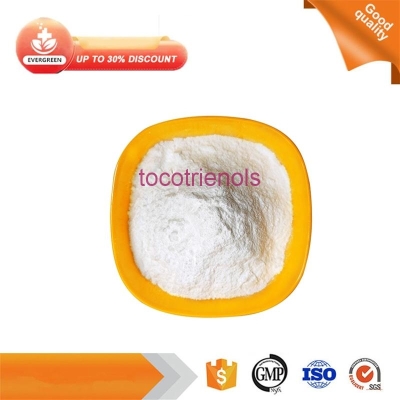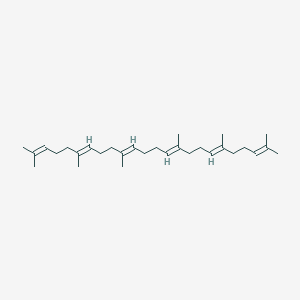-
Categories
-
Pharmaceutical Intermediates
-
Active Pharmaceutical Ingredients
-
Food Additives
- Industrial Coatings
- Agrochemicals
- Dyes and Pigments
- Surfactant
- Flavors and Fragrances
- Chemical Reagents
- Catalyst and Auxiliary
- Natural Products
- Inorganic Chemistry
-
Organic Chemistry
-
Biochemical Engineering
- Analytical Chemistry
- Cosmetic Ingredient
-
Pharmaceutical Intermediates
Promotion
ECHEMI Mall
Wholesale
Weekly Price
Exhibition
News
-
Trade Service
The ARX788 of Xinma Biology uses the site-specific coupling technology of unnatural amino acids
.
The technical routes of unnatural amino acids include: first, the unnatural amino acids needed for in vitro synthesis; second, after the unnatural amino acids enter the cell, they are transported to the ribosome by tRNA; third, in the ribosome, tRNA can recognize special codes In this way, unnatural amino acids are inserted into specific positions in the polypeptide chain
.
Although the technical route is complicated, the essence is to insert an unnatural amino acid at a specific site of the target protein.
Due to the uniqueness of the unnatural amino acid, it can provide a site-specific connection site for coupling
.
ARX788 introduces unnatural amino acid p-acetylphenylalanine (pAF, containing ketone reactive functional group), and couples toxin AS269 through oxime bond, DAR is 2
.
Test data show that even if ARX788 is degraded by endocytic cells, the toxic drug molecules on ADC are still firmly connected with unnatural amino acids, showing the super stability brought by unnatural amino acid technology
.
(5) Biological coupling using enzymes
N-glycosylation and O-glycosylation: GlycoConnect technology was pioneered by Synaffix in the Netherlands.
Meacco obtained the non-exclusive rights of GlycoConnect technology through the agreement, and was used in the development of MRG001 targeting CD20 and MRG002 targeting HER2
.
GlycoConnect technology can use natural antibody glycans to achieve site-specific coupling and stable toxin attachment, and produce ADC drugs with DAR 1, 2, and 4
.
The GlycoConnect technical route can be divided into three steps:
First, the endoglycosidase cuts off the N-terminal glycan and retains the glycosamine
.
The N-terminal glycan is located at the Fc end of the antibody and plays an important role in the immune regulation mechanism of the antibody (ADCC or CDC);
Second, the Y289L mutant bovine β(1-4)-galactosyltransferase is used to transfer Azido-containing sugars to antibodies;
Third, the drug-linker (drug-linker) is coupled to the antibody through the Click Chemistry reaction, and finally an ADC with DAR=2 is produced
.
A DBCO-labeled antibody Fc targeting peptide: Huang Wei's team from Shanghai Institute of Materia Medica, Chinese Academy of Sciences has also developed a new strategy based on glycosylation-based site-specific antibody drug conjugates-a DBCO-labeled antibody Fc targeting peptide
.
The technical route can be divided into two steps:
First, using the affinity of the targeting peptide to the antibody Fc, the ring tension alkynyl DBCO labeling group is transported to the vicinity of K249
.
During this process, the acylation activity of DBCO is in a "cage" state and will not be randomly coupled with the antibody
.
Secondly, under the catalysis of silver, DBCO rearranges, and the corresponding acyl group selectively modifies K249 in the FC region, which efficiently realizes the site-directed coupling of antibodies
.
In addition to the fixed-point coupling technology introduced above, Kelun Pharmaceutical’s A166 uses lysine fixed-point quantitative coupling technology, CSPC’s DP303 uses engineering design to transform glutaminase fixed-point coupling technology (mTGase), Kangtailun The SMARTag site-specific coupling technology adopted by Catalent can produce ADC drugs with high safety and stability
.
With the continuous advent of ADC drugs, the continuous optimization of coupling technology will increasingly become a hot spot of concern.
In the future, which ADC drug has both outstanding efficacy and good safety characteristics, let us wait and see
.







